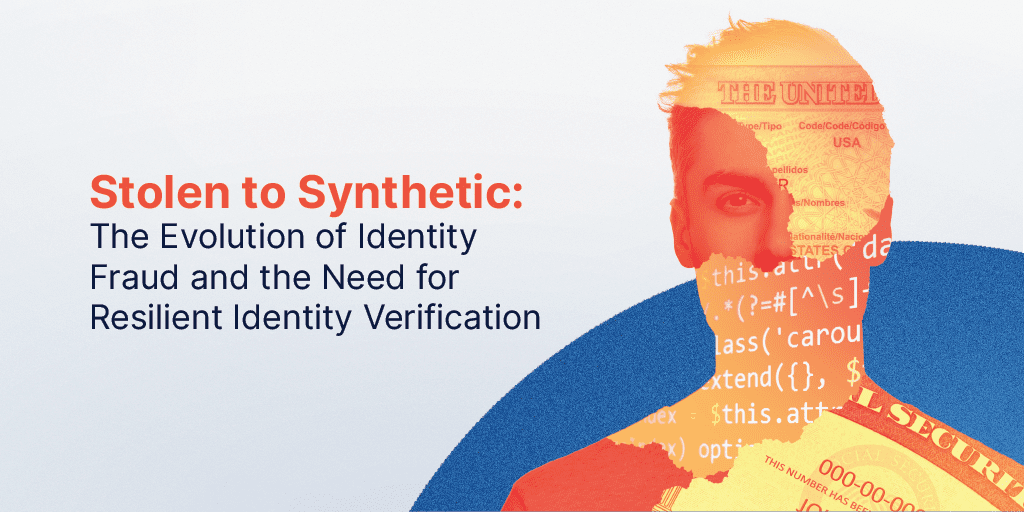Stolen to Synthetic: The Evolution of Identity Fraud and the Need for Resilient Identity Verification
Estimated to be the fastest-growing financial crime in the US, Synthetic Identity Fraud (SIF) has overtaken identity theft in number and complexity. Beyond defrauding financial institutions and public sector programs, SIF has wider societal ramifications. It facilitates money laundering, human and drug trafficking, and terrorist funding.
To create synthetic identities, criminals combine stolen and invented Personally Identifiable Information (PII), such as names, social security numbers, and email addresses, to fabricate a person or entity for illicit financial gain.
SIF evades traditional detection models, making it challenging to combat. Therefore, resilient identity verification is needed at the point of onboarding to prevent SIF before it can cause damage.
This report examines the techniques used by fraudsters to develop synthetic identities and illustrates why biometric face verification that incorporates liveness, is key in preventing synthetic identity fraud before it infiltrates your organization.
Read the report to find out:
- What’s driving the rise of Synthetic Identity Fraud
- How SIF impacts organizations – monetary and reputational loss, huge fines, and media scrutiny
- Why traditional fraud detection models fail to stop SIF
- How fraudster harness generative AI to make synthetics seem more real and how they bypass traditional security processes/methods
- Why resilient biometric face verification deployed at onboarding is the only way to prevent SIF
